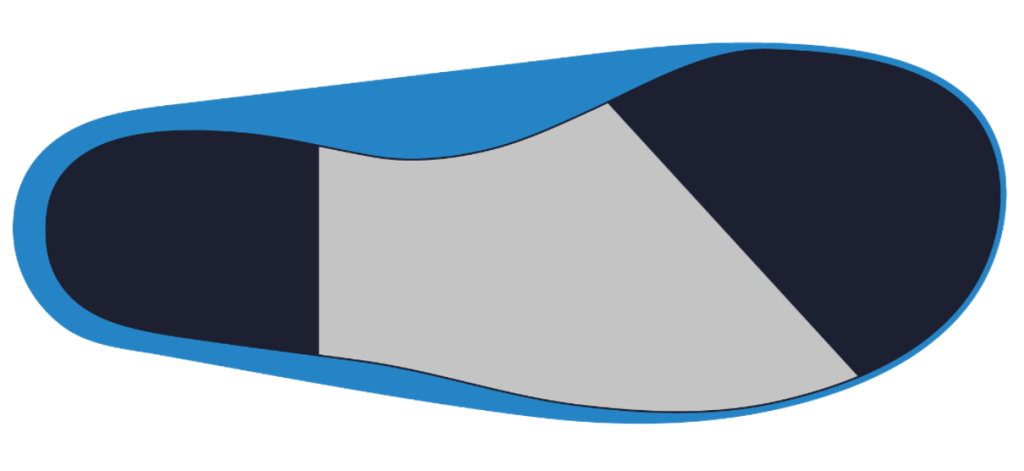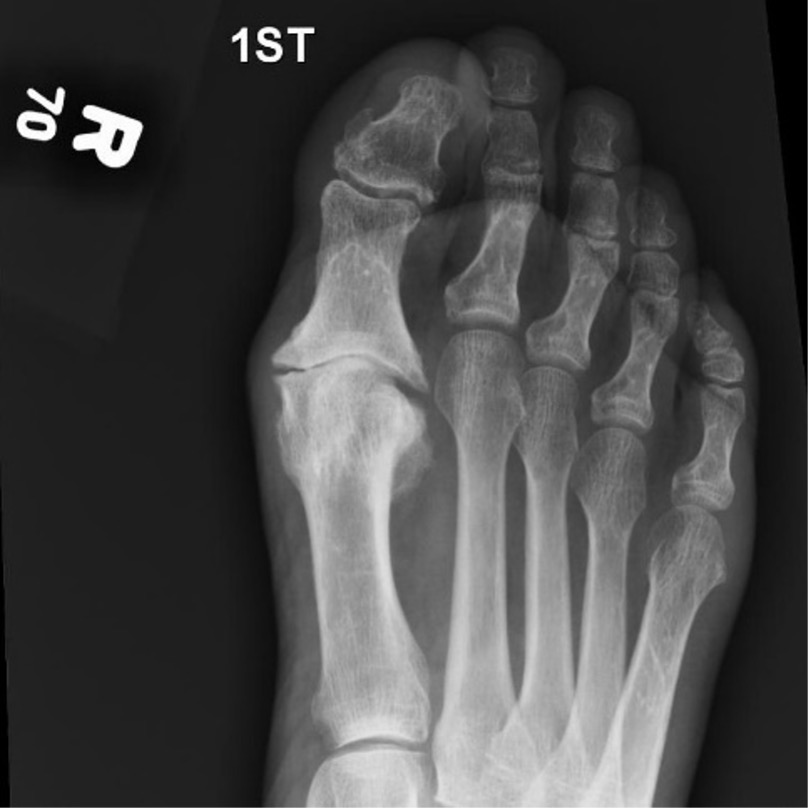In-toeing
Description
In-toeing and out-toeing can occur due to a range of altered skeletal or soft tissue morphology around the hip, knee or foot and ankle. When managing patients with base of gait concerns, it is important to identify where the morphological difference is and guide expectations or management depending the location.
Key considerations when treating in- out-toeing:
Encouraging a change in gait posture is the key to providing a meaningful change in a patients in- or out-toeing long term.
At OBD we are able to imbed a stiffer material (2mm, 3mm or 4mm polypropylene) in a position which encourages the patient to walk with a corrected base of gait.
Ganjehie (2017) found that In-Toe Gait Plates can be used to improve gait appearance in children with in-toeing gait pattern due to excessive femoral anteversion.
In-toe: The Gait Plate will be manufactured for an in-toeing gait pattern. The Gait Plate will start proximal to the 1st metatarsophalangeal joint and then extend distal to the 5th metatarsophalangeal joint.

out-toeing
Out-Toe: The Gait Plate will be manufactured for an out-toeing gait pattern. The Gait Plate will start proximal to the 5th metatarsophalangeal joint and then extend distal to the 1st metatarsophalangeal joint.

1st MTPJ Impingement / Painful Hallux Limitus
Description
1st MTPJ impingement is the restriction of the 1st metatarsal phalangeal joint due to osteoarthritic changes where the proximal phalanx of the hallux will impinge on the dorsal aspect of the 1st Patients will often present with pain localised the to 1st MTPJ – experiencing pain with dorsiflexion as an aggravation of the impingement.

1st MTPJ Impingement / Painful Hallux Limitus
Description
1st MTPJ impingement is the restriction of the 1st metatarsal phalangeal joint due to osteoarthritic changes where the proximal phalanx of the hallux will impinge on the dorsal aspect of the 1st Patients will often present with pain localised the to 1st MTPJ – experiencing pain with dorsiflexion as an aggravation of the impingement.


